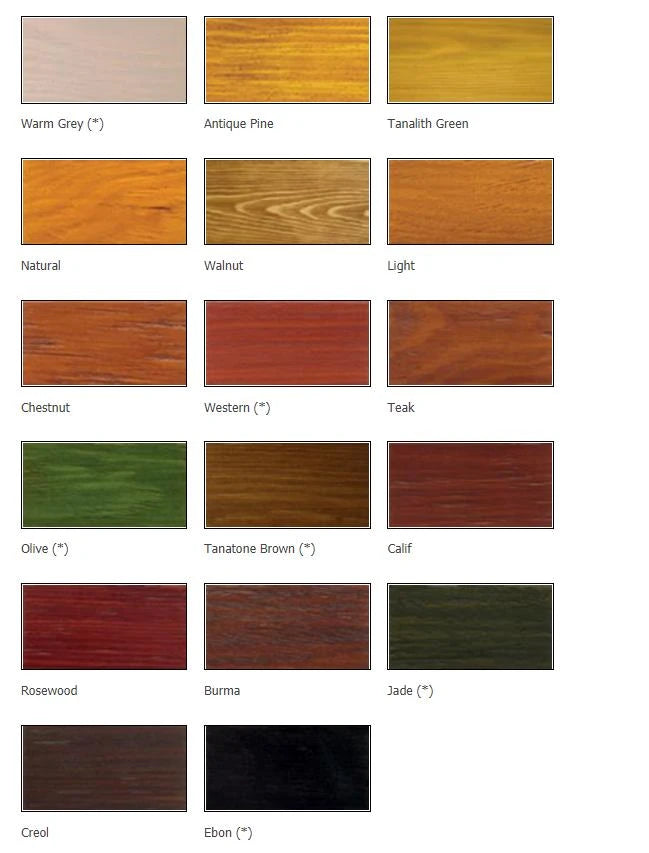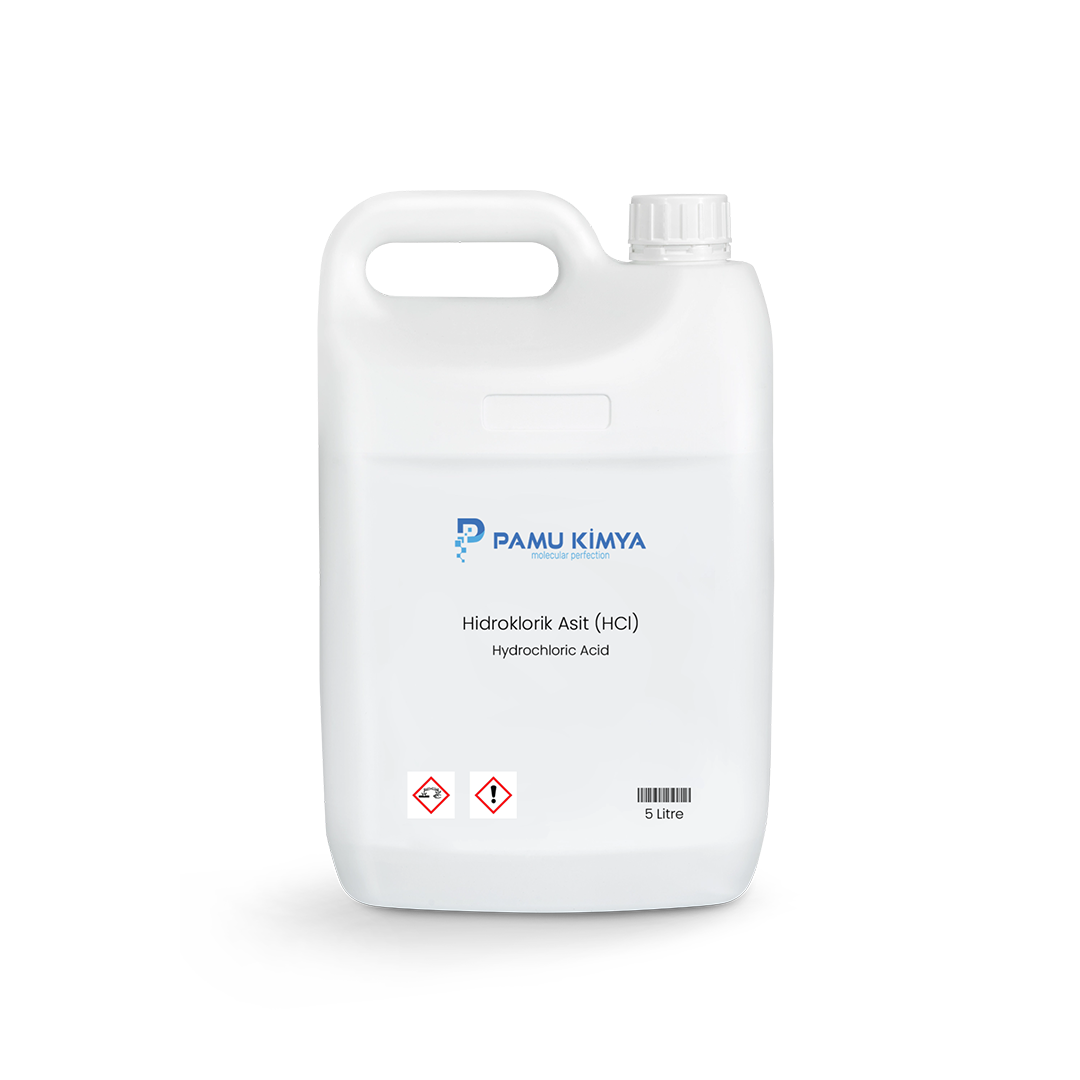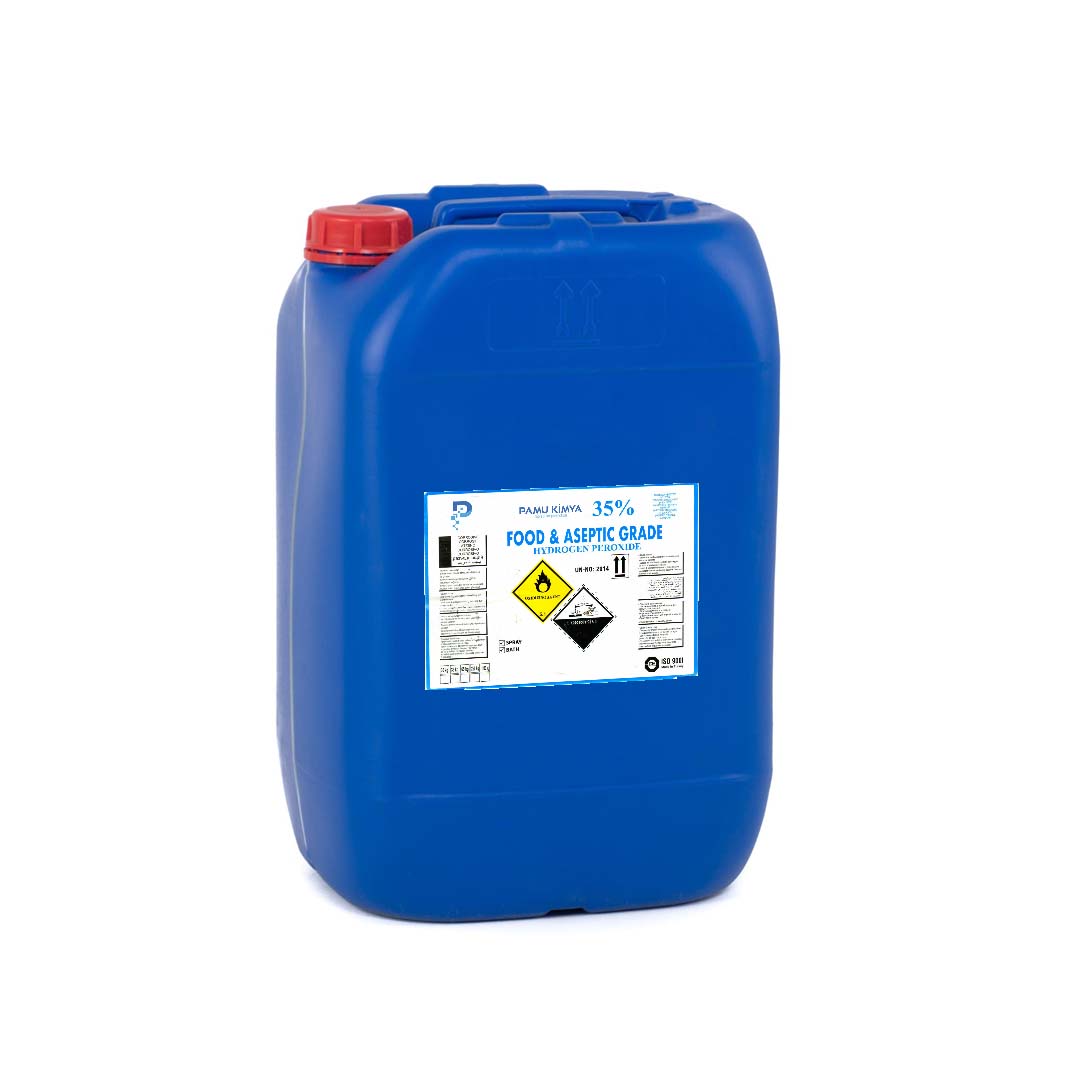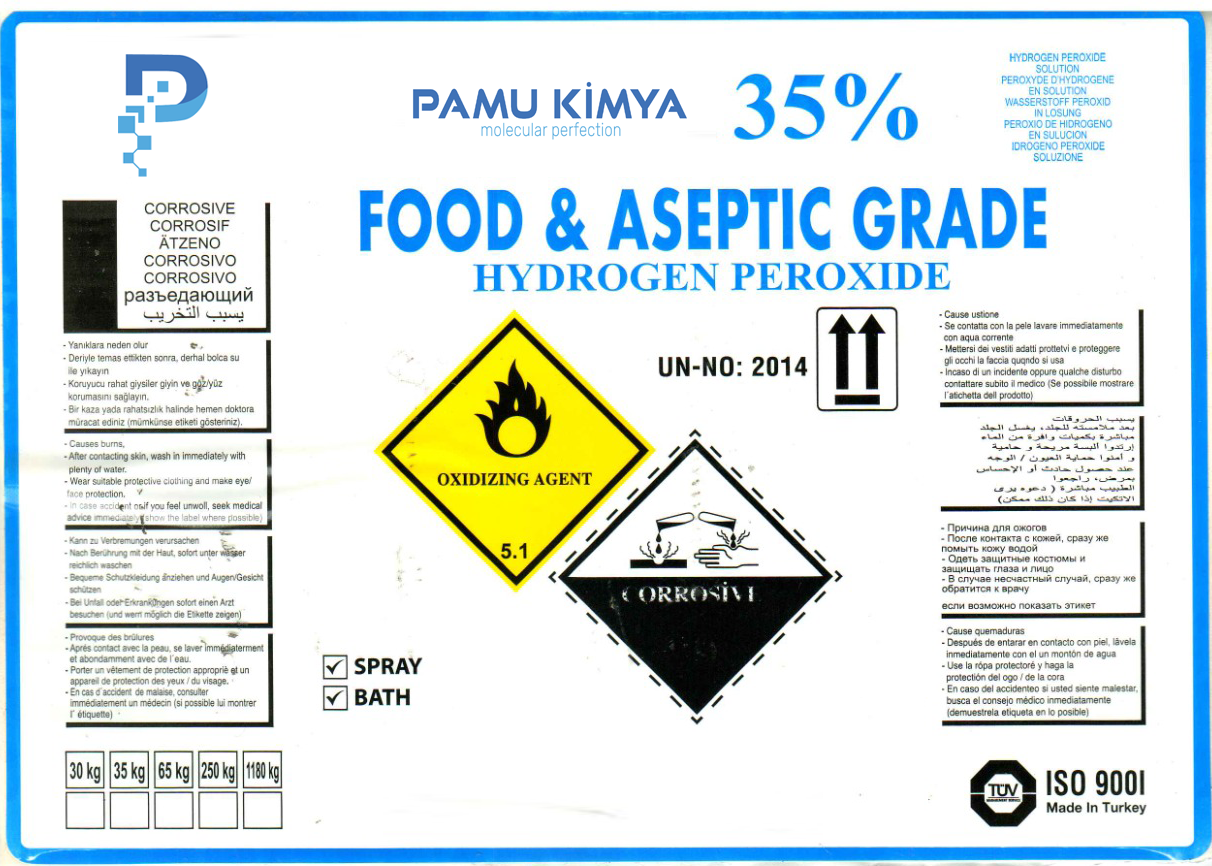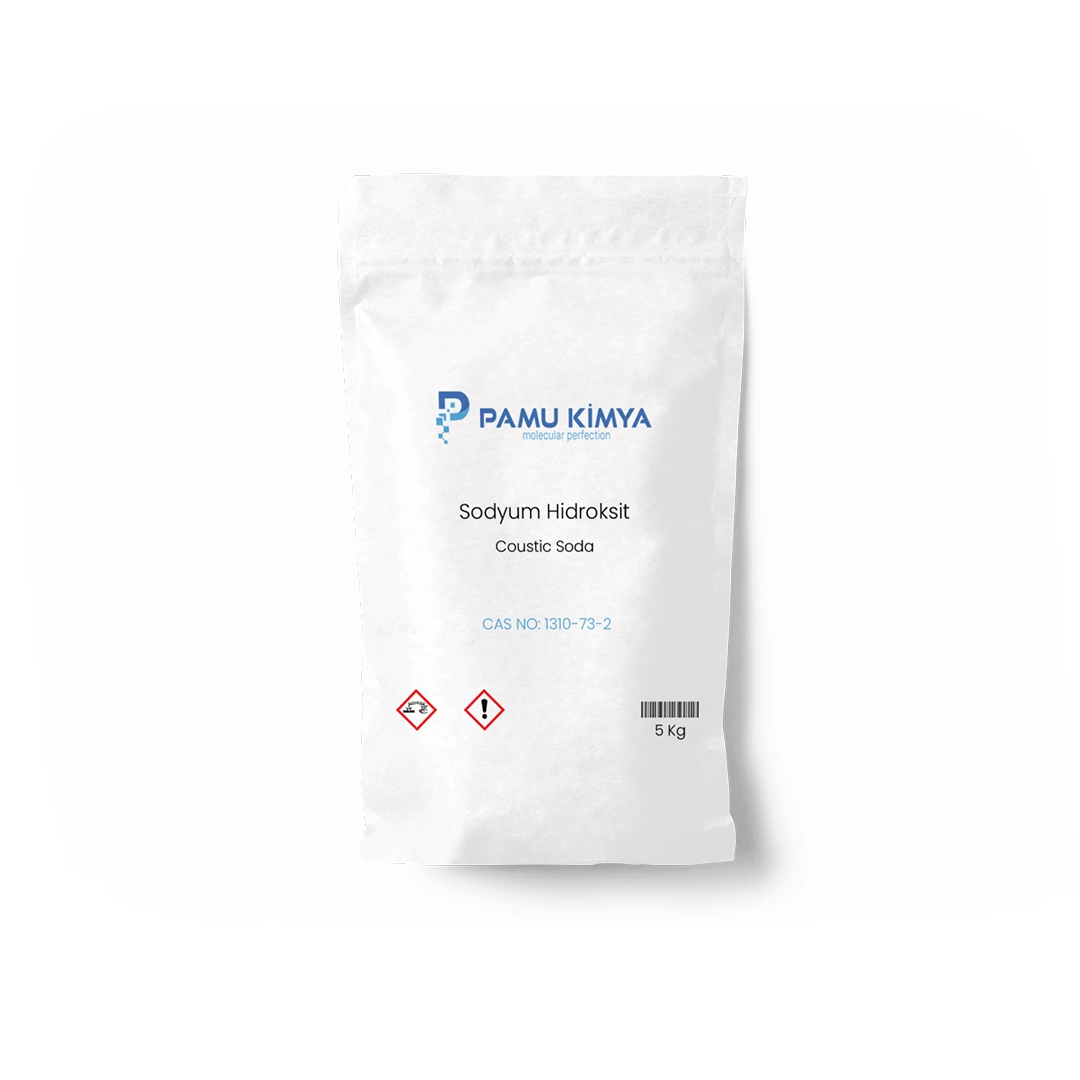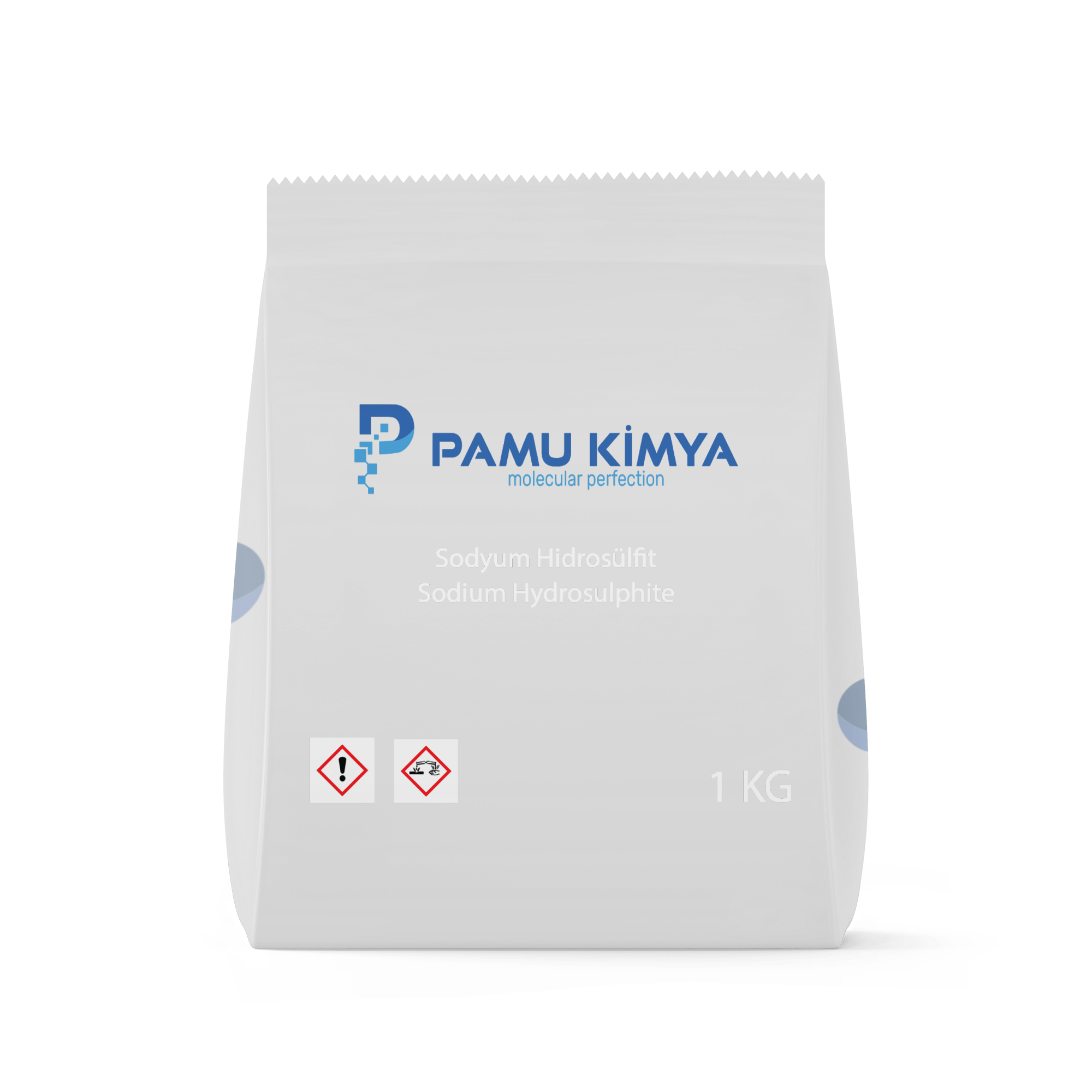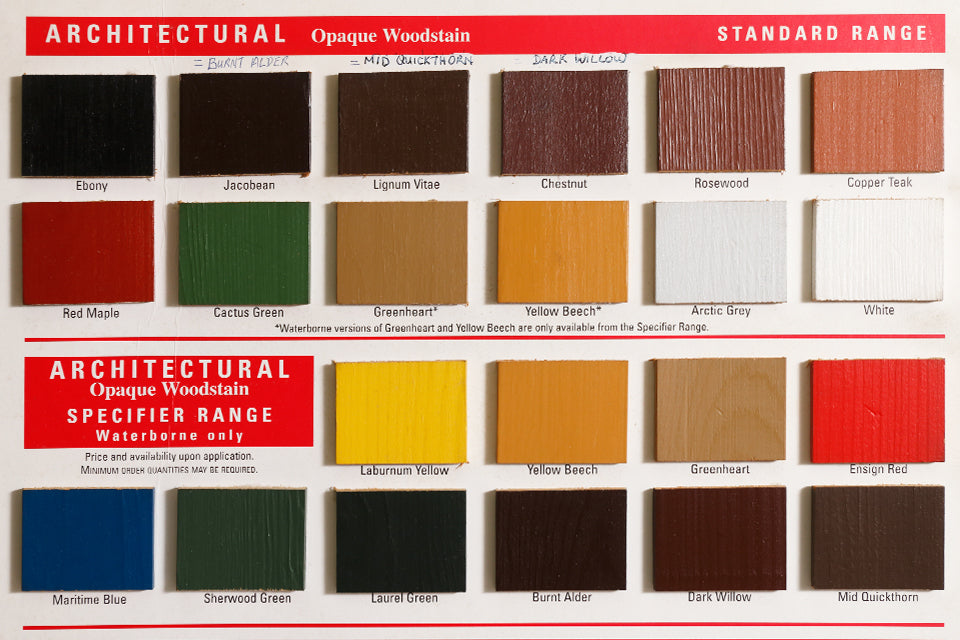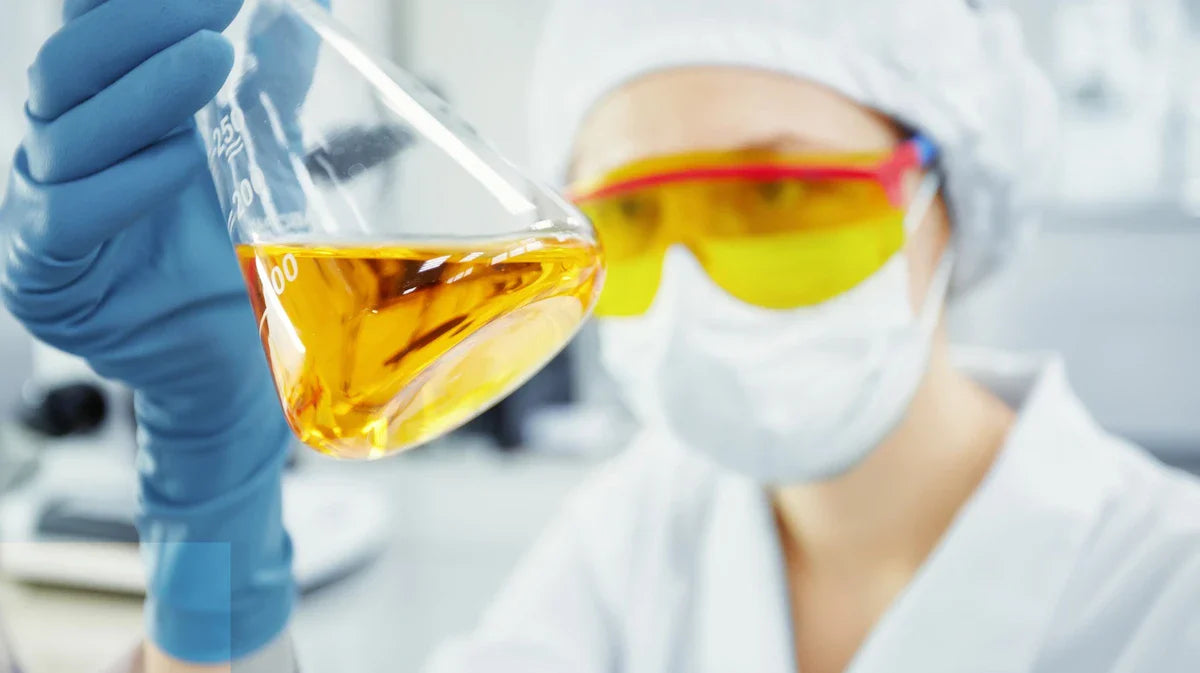Article: Glycerin Production
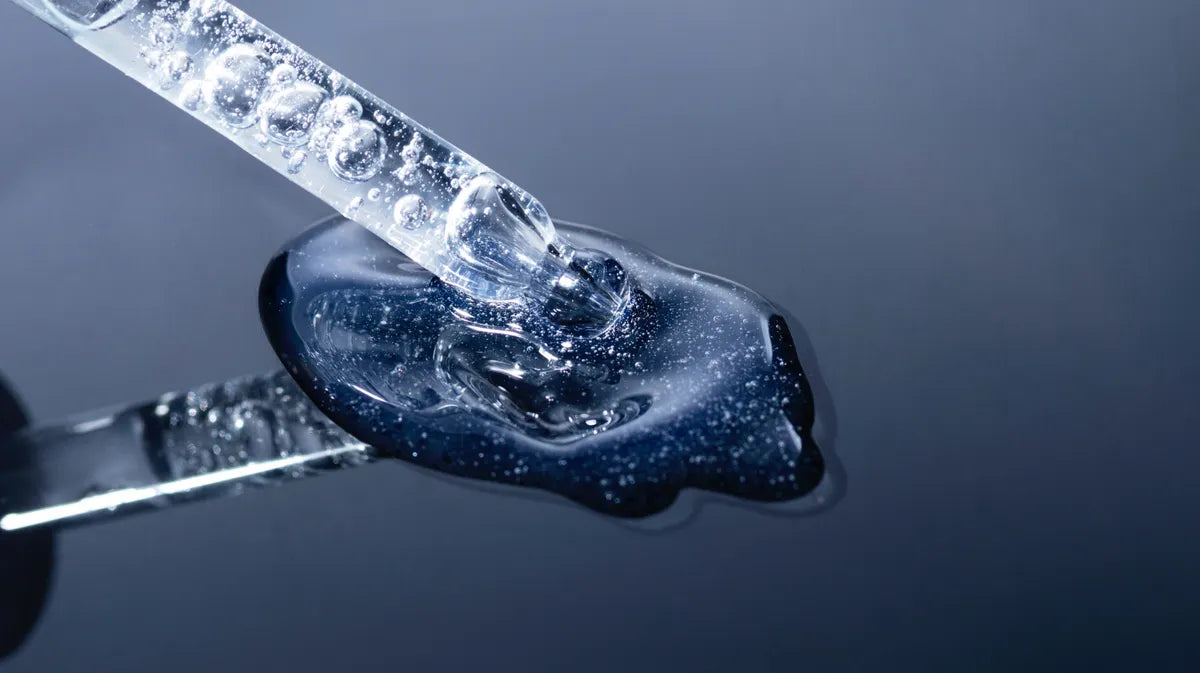
Glycerin Production
Differences in Plant Sources in Glycerin Production – Palm, Rapeseed and Sunflower
Glycerin is an essential raw material for the cosmetics, detergent, and pharmaceutical industries. However, glycerin sources, production methods, and physical properties vary. These differences directly impact product performance and price.
As Pamu Kimya, we clearly present to our customers the advantages and usage areas of glycerin obtained from different plant sources.
Glycerin Sources
1) Palm Glycerin
Glycerin derived from palm oil meets standards in terms of density and viscosity. It is generally preferred in soap and detergent production. Its high purity and stability ensure consistency in formulations.
2) Rapeseed Glycerin
Glycerin produced from rapeseed oil has a lighter texture. It offers advantages in cosmetic products due to its skin compatibility and rapid absorption. Rapeseed glycerin is frequently used in products such as lotions, creams, and serums.
3) Sunflower Glycerin
Sunflower glycerin is preferred in the cosmetics industry for its light aroma and naturally derived composition. It can also be easily integrated into formulations, making it a suitable option for brands seeking natural product certification.
The Impact of Source Differences on the Product
The source of glycerin affects the consistency, stability and skin feel of the product:
-
Palm glycerin → dense and stable formulation
-
Rapeseed glycerin → light and fast-absorbing formulation
-
Sunflower glycerin → natural and soft texture formulation
Differences in source also affect pricing. Palm glycerin is generally more cost-effective, while rapeseed and sunflower glycerin are suitable for the natural and premium segments.
Minimizing Differences
As Pamu Kimya, to minimize batch-to-batch differences in glycerin supply:
-
Working with fixed suppliers,
-
Provides lot-based CoA (Certificate of Analysis),
-
We verify product compatibility by sending samples when necessary.
In this way, our producers are not affected by source differences when planning their formulations and product quality is consistent in every batch.
Conclusion
Knowing the differences between plant sources such as palm, rapeseed, and sunflower in glycerin production is critical for selecting the right raw material. Understanding these differences not only improves product performance but also facilitates cost and quality control.
Pamu Kimya helps its customers manage glycerin-related differences by providing accurate information and quality products.


